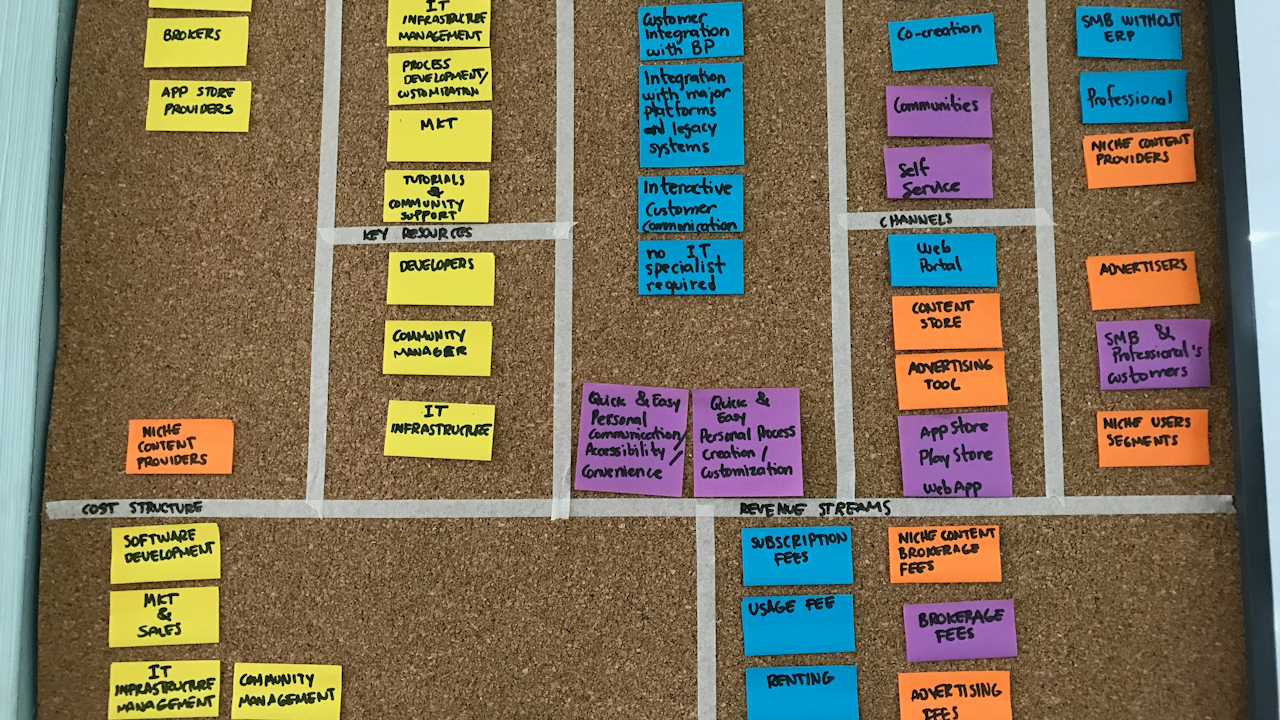Employee-owned companies, where employees have a significant stake in the business, are emerging as a compelling and viable business model. This structure challenges the traditional top-down corporate hierarchy by aligning the interests of workers and owners, creating a more inclusive and potentially more resilient organization. While not a new concept, modern employee ownership models are gaining traction as a solution for succession planning, enhancing company performance, and fostering a more equitable and engaged workforce.
The Foundations of Employee Ownership
The concept of employees having a stake in their workplace has historical roots in the 19th-century cooperative movement, particularly in the United Kingdom. Pioneers like Robert Owen advocated for shared wealth and democratic control, laying the groundwork for what would become worker cooperatives. While the popularity of these models has fluctuated, the late 20th century saw a renewed interest, especially with the development of the Employee Stock Ownership Plan (ESOP) in the United States. In the UK, the introduction of the Employee Ownership Trust (EOT) in 2014 provided a new, tax-advantaged framework that has significantly boosted the number of companies adopting this model.
Employee ownership is defined by two key elements: a financial stake and a say in how the business is run. This goes beyond simple profit sharing; it involves a fundamental shift in corporate structure and culture.
Different Forms of Employee Ownership
There isn’t a single universal model for employee ownership. Companies can adopt various legal structures, each with its own characteristics and level of employee involvement.
- Direct Ownership: In this model, employees own shares directly in the company. This can be achieved through various share schemes, such as Share Incentive Plans (SIPs) or Enterprise Management Incentives (EMIs). This gives employees a tangible financial link to the company’s success, as they can benefit from capital growth and dividends.
- Indirect Ownership: This is a more common model, especially in the UK, and often uses an Employee Ownership Trust (EOT). The EOT is a perpetual trust that holds the company’s shares on behalf of all employees. Employees do not own shares directly but are beneficiaries of the trust. A board of trustees, which typically includes employee representatives, oversees the company’s directors to ensure decisions are made in the best interests of the workforce.
- Hybrid Ownership: Many companies use a combination of both direct and indirect models. For example, a majority of shares might be held by an EOT for collective ownership, while individual employees also hold a smaller number of shares through a direct plan. This structure provides a stable, collective ownership base while still giving individual employees a personal financial stake.
The Benefits of Employee Ownership
Research and case studies consistently show that employee-owned companies often outperform their traditionally structured counterparts. The advantages extend to employees, the business itself, and the wider economy.
Benefits for Employees:
- Higher Wages and Wealth: Employee owners generally earn higher wages and have greater wealth accumulation than non-owner workers. The opportunity to build wealth through company stock and bonuses can significantly close wealth gaps across different demographics.
- Increased Job Security: Employee-owned companies tend to be more resilient during economic downturns, with fewer layoffs. This stability is a direct result of a shared interest in the long-term health of the business.
- Greater Job Satisfaction and Engagement: When employees have a voice and a stake in the business, they feel a stronger sense of purpose and belonging. This leads to increased motivation, pride, and a greater willingness to contribute ideas and effort.
Benefits for the Business:
- Improved Productivity and Profitability: Employee-owned firms are often more productive and profitable. This is because shared ownership aligns employee incentives with company performance, fostering a culture of collaboration and innovation.
- Higher Retention and Better Recruitment: The unique benefits of employee ownership make these companies attractive employers. They tend to have lower staff turnover and are better equipped to attract top talent who are looking for more than just a paycheck.
- Long-Term Focus: Unlike publicly traded companies that may prioritize short-term quarterly results, employee-owned businesses can focus on long-term sustainability and growth. This is because the owners, the employees, have a vested interest in the company’s future.
Challenges and Considerations
While the benefits are significant, the transition to employee ownership isn’t without its challenges.
- Complexity of Transition: Converting a company to an employee-owned model can be a complex and time-consuming process. It requires careful legal and financial planning, and a strong commitment from the selling owner.
- Financial and Regulatory Hurdles: Securing financing for the buyout and navigating regulatory requirements can be difficult for some companies. However, specialized legal and financial advisors can help streamline the process.
- Maintaining an Ownership Culture: Simply changing the legal structure isn’t enough to guarantee success. It takes a dedicated effort to foster a genuine culture of ownership, which includes open communication, employee involvement in decision-making, and continuous training. Without this, the benefits of the model may not be fully realized.
- Free-Rider Problem: In some structures, there’s a risk that some employees may not feel the incentive to contribute more, relying on the effort of others to boost the company’s value. This can be mitigated through strong leadership, clear communication, and a culture that values individual contributions.
A New Business Model?
The rise of employee-owned companies suggests a potential shift away from purely shareholder-centric capitalism toward a more inclusive and sustainable model. It offers a powerful alternative for business owners looking for a succession plan that preserves the company’s legacy and culture, while also providing a unique competitive advantage. By empowering employees and aligning their interests with the company’s success, employee ownership has the potential to create a more resilient, productive, and equitable economy.

